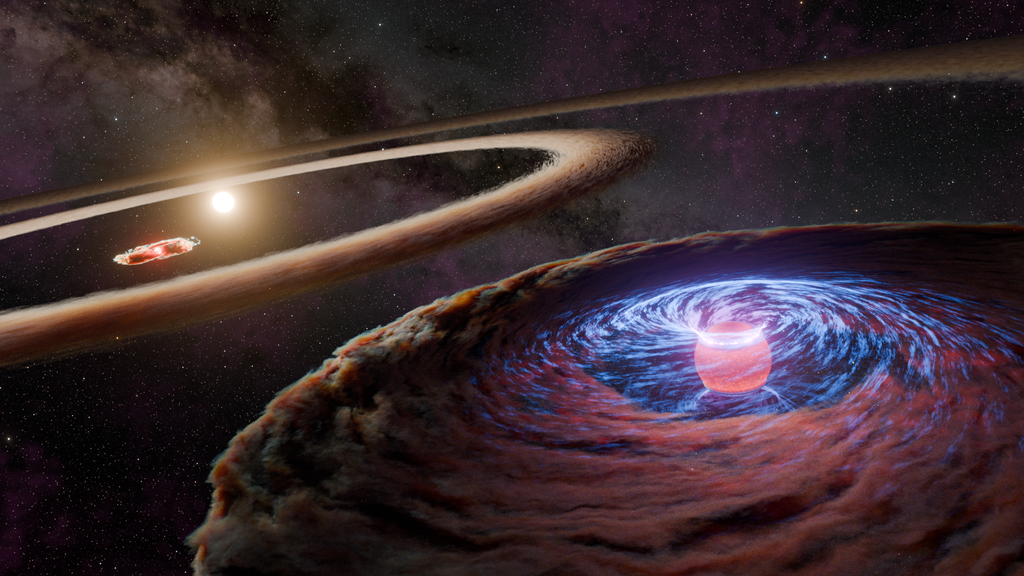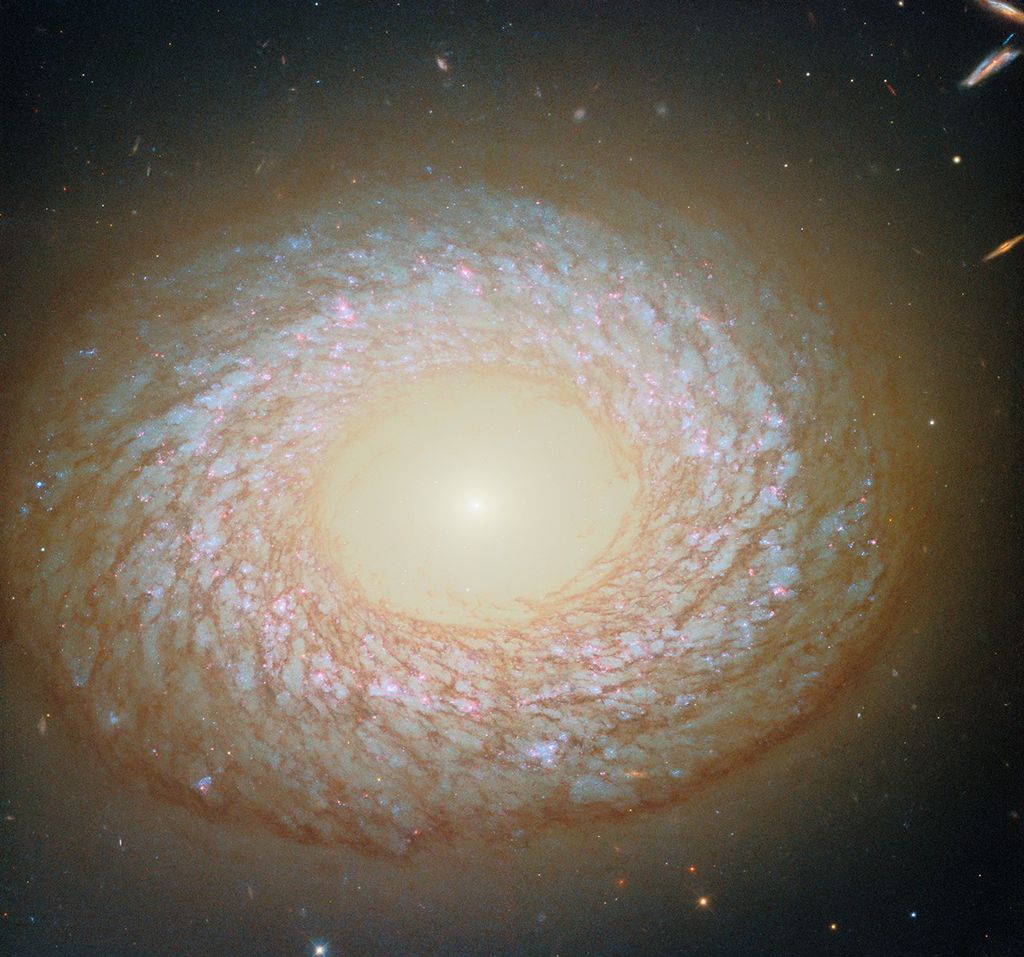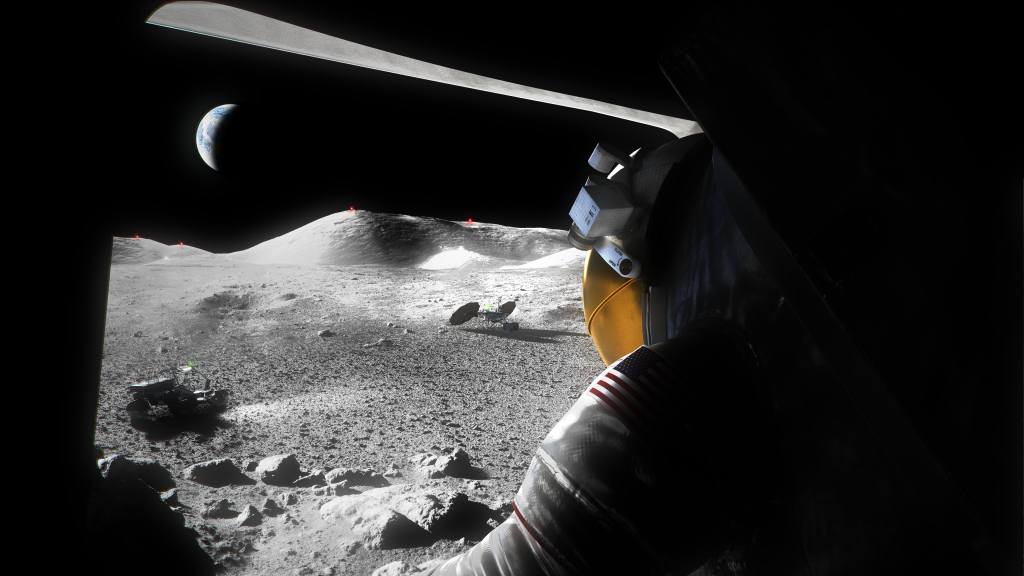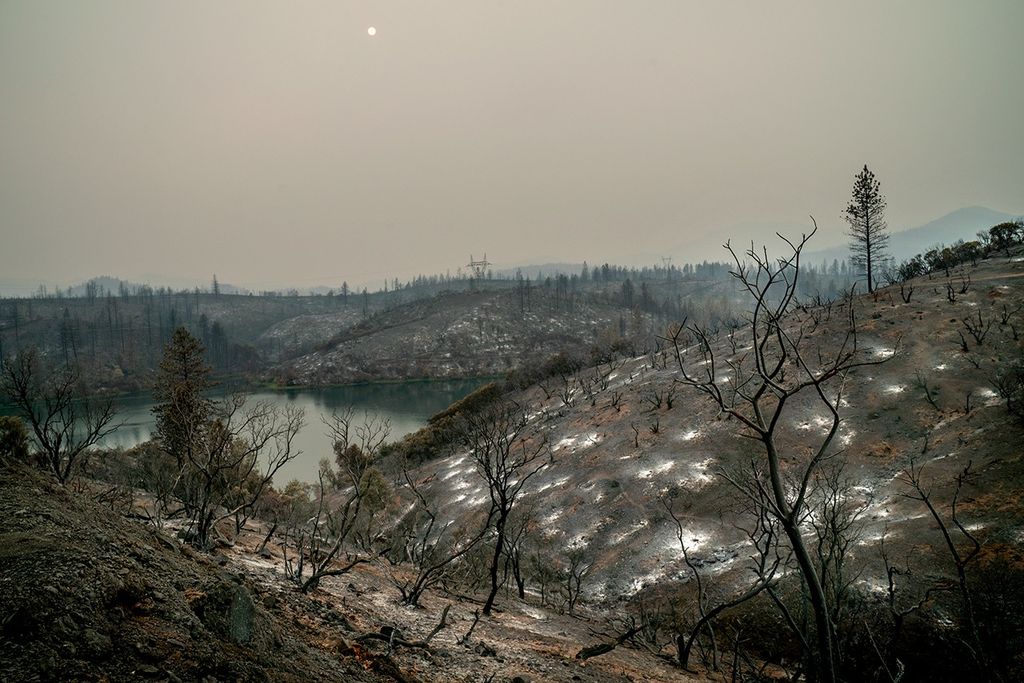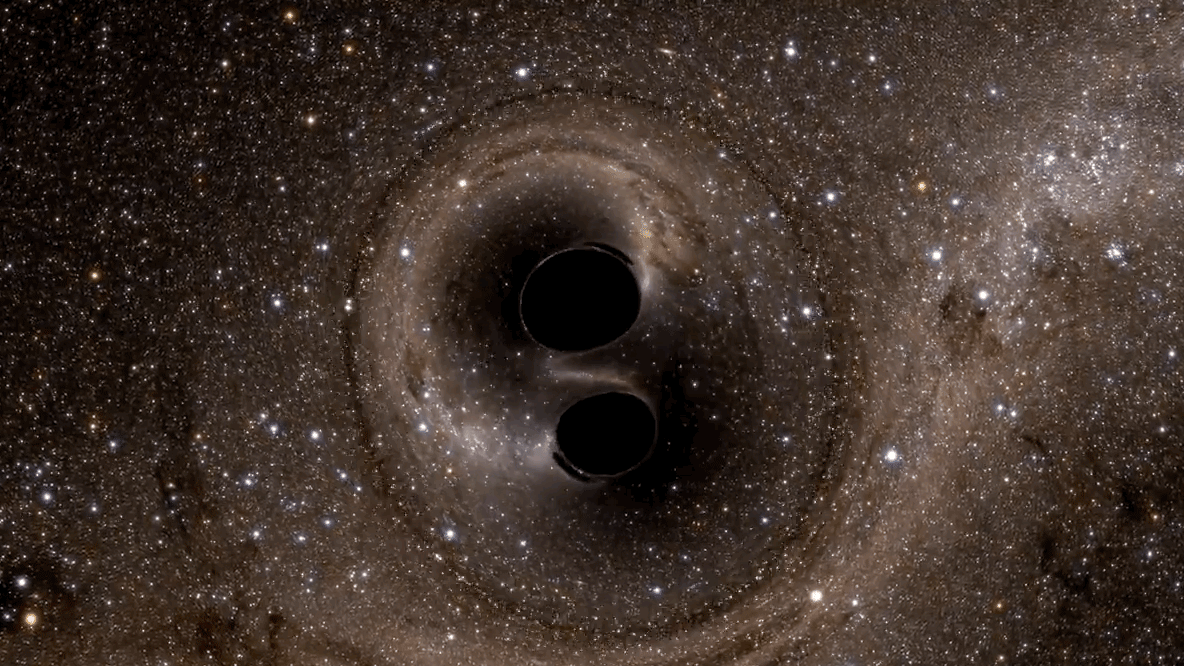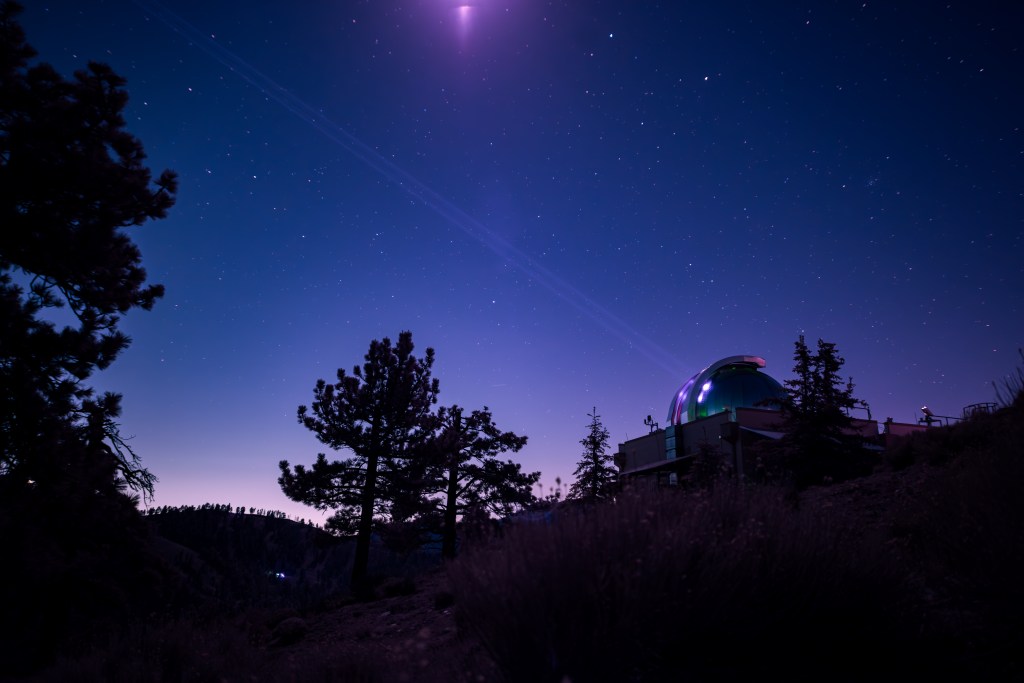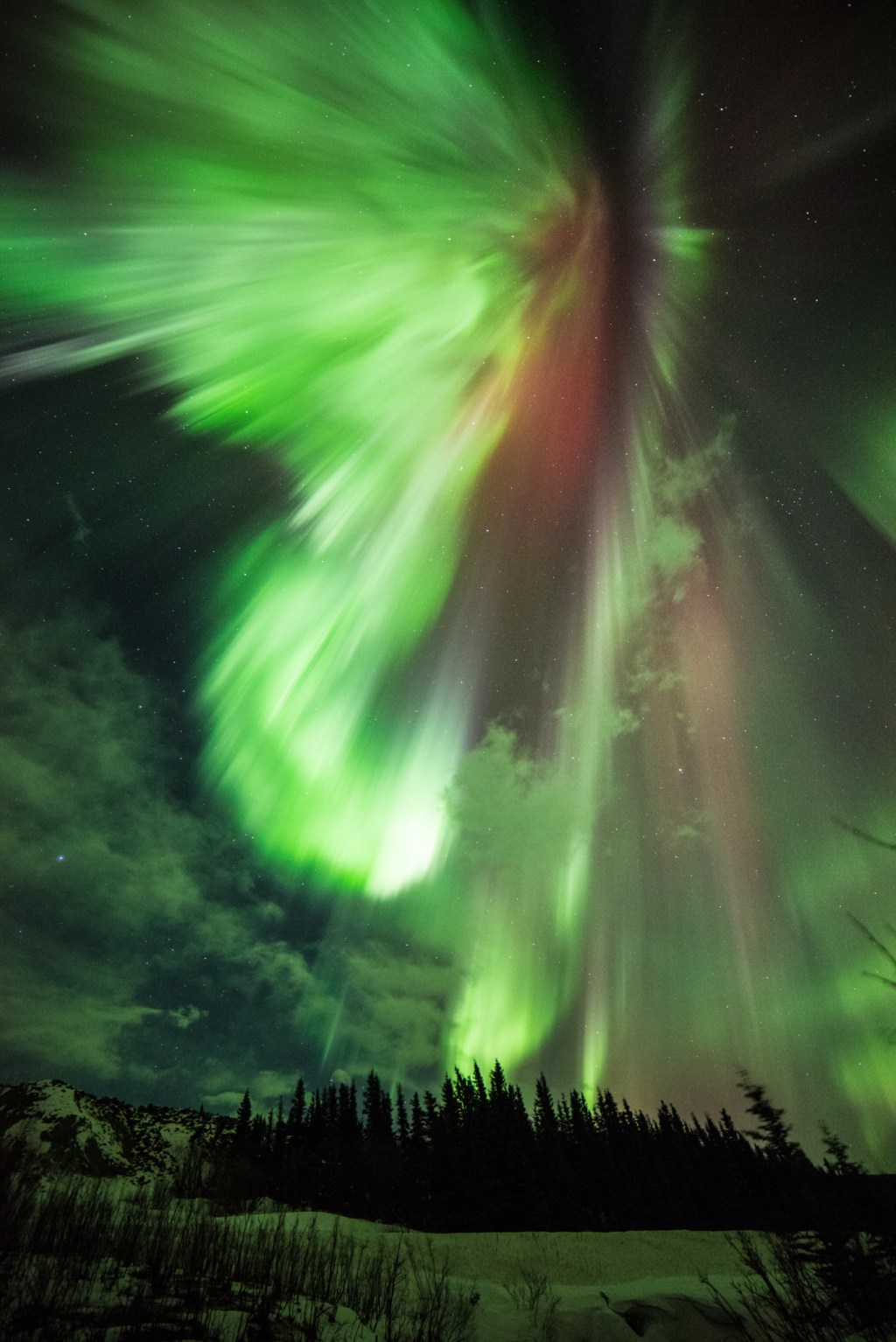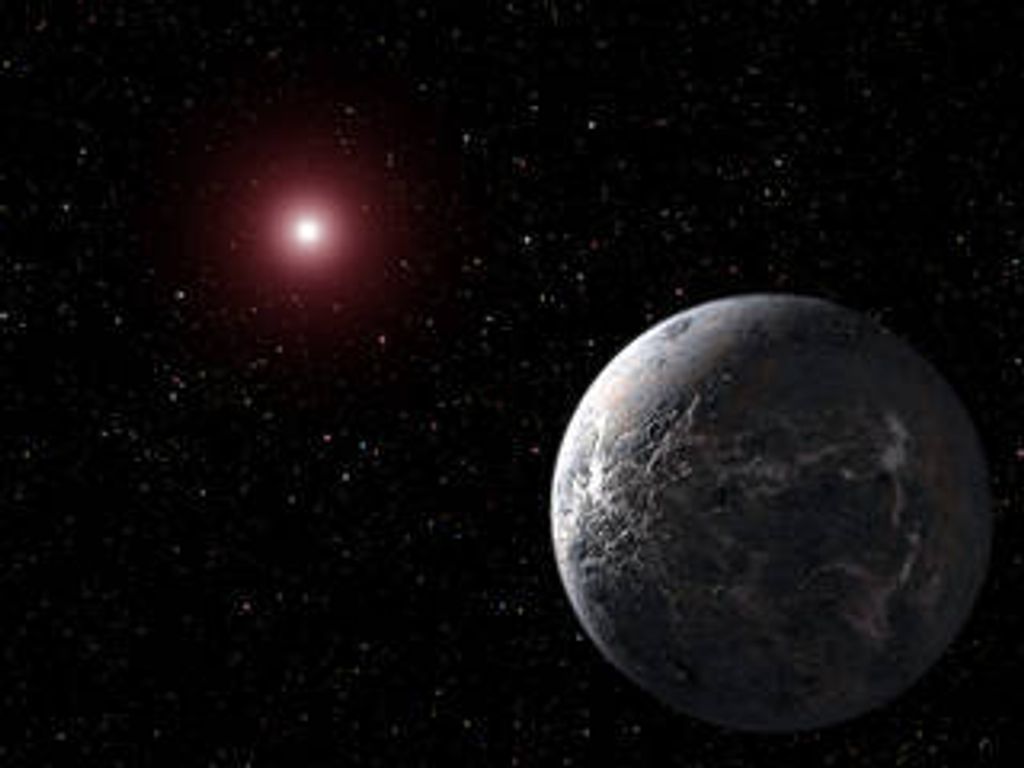1 min read
Evolution of Spiral Galaxies

This image shows the evolution of spiral galaxies, from fully formed structures to disheveled collections of stars just beginning to form. These galaxies were captured in the Great Observatories Origins Deep Survey (GOODS) and are presented in the IMAX short film "Hubble: Galaxies Across Space and Time." It takes billions of years for the light of a distant galaxy to reach Earth. Consequently, we see such galaxies as they were in the past, and can thus assemble a rough pictorial history of galaxy evolution.
The galaxies at lower left are located up to 3 billion light-years from Earth, which means the galaxies are seen as they existed up to 3 billion years ago. These galaxies show the fully developed structures of mature galaxies.
The galaxies at center are located 3 to 7 billion light-years away, and are seen as they were 3 to 7 billion years ago. The spiral structure in these galaxies is somewhat less developed. The galaxies appear more yellow because their colors have been shifted toward redder wavelengths by cosmological redshift - the stretching of light as it crosses expanding space. The galaxies' smaller apparent size is simply due to their greater distance.
Finally, the galaxies at upper right are located 7 to 10 billion light-years away, and are seen as they existed 7 to 10 billion years ago. These galaxies show disk structures, but generally weakly defined spiral arms. Their colors have been shifted all the way to redder wavelengths. The blue regions are pockets of intense star formation. The stars' ultraviolet light has been shifted into the blue wavelengths. The smaller apparent sizes are mainly due to greater distance, but also reflect their incomplete formation.
These galaxies are a few of the nearly 30,000 galaxies captured by the Advanced Camera for Surveys aboard NASA's Hubble Space Telescope.
- Release DateJune 24, 2004
- Science ReleaseHubble IMAX Film Takes Viewers on Ride Through Space and Time
- Credit
Related Images & Videos

Audience Viewing Award-Winning Hubble IMAX Film (Photo Illustration)
The IMAX short film, "Hubble: Galaxies Across Space and Time," transforms images and data from NASA's Hubble Space Telescope into a voyage that sweeps viewers across the cosmos. Using the 650-megapixel-mosaic image created by the Great Observatories Origins Deep Survey (GOODS),...

Sample Frame from IMAX Film "Hubble: Galaxies Across Space and Time"
The IMAX short film "Hubble: Galaxies Across Space and Time" transforms images and data from NASA's Hubble Space Telescope into a voyage that sweeps viewers across the universe and back into cosmic history. This sample frame from the film shows a vibrant and diverse collection...
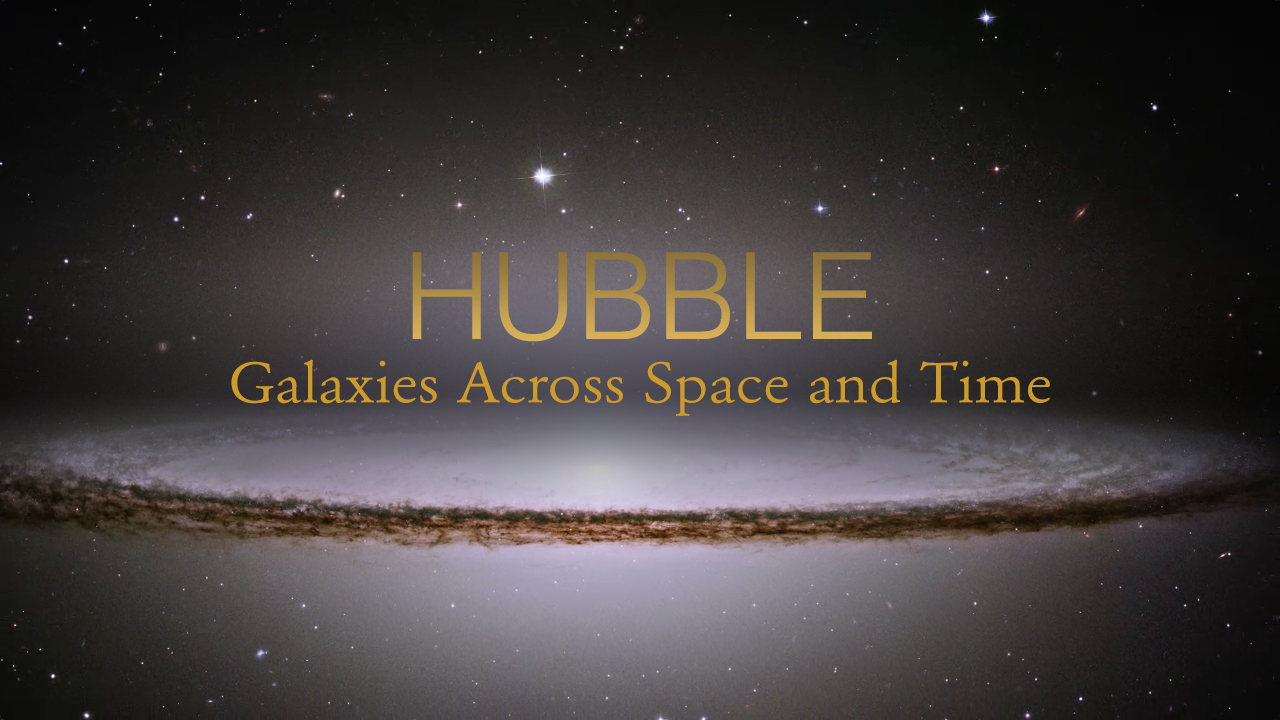
Hubble: Galaxies Across Space and Time
The IMAX short film "Hubble: Galaxies Across Space and Time" transforms images and data from NASA's Hubble Space Telescope into a voyage that sweeps viewers across the universe and back into cosmic history. The film opens with looming images of two mature galaxies that are...

HubbleMinute on IMAX Film and "The Making of the Goods Zoom"
Take a virtual ride to the outer reaches of the universe and explore 10 billion years of galactic history, from fully formed and majestic spiral galaxies to disheveled collections of stars just beginning to form. This unforgettable cosmic journey is presented in the...

Hubble IMAX Film: The Making of the Goods Zoom, Interview Clip with Frank Summers, Astrophysicist and Scientific Visualization Specialist
Frank Summers, STScI astrophysicist and scientific visualization specialist, explains how the 3-D journey through these galaxies provides more than just a new perspective in space; it also takes the audience back in time. Because light takes time to travel across space, the...
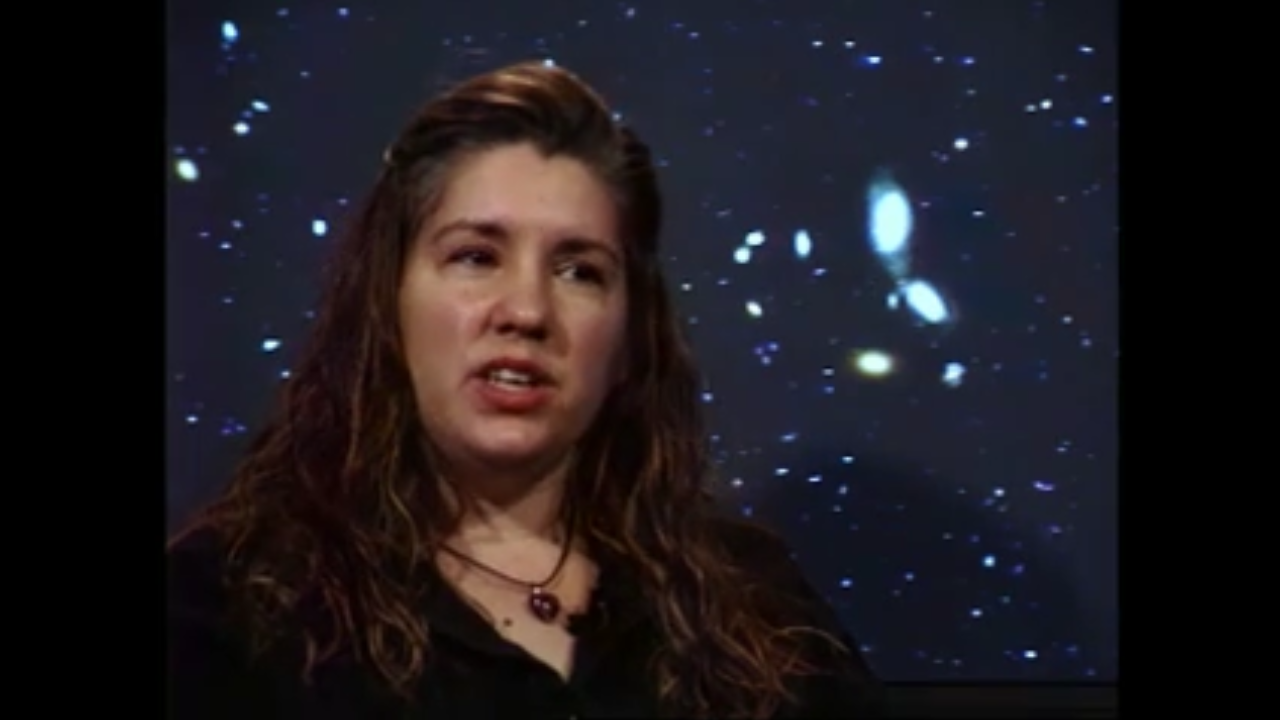
Hubble IMAX Film: The Making of the Goods Zoom, Interview clip with Lisa Frattare, Astronomer and Image Processor
STScI astronomer and image processor, Lisa Frattare explains the two processes used for extracting the data and hand cleaning the images. The galaxy images they concentrated on were used to make the zoom through the GOODS Field.
Share
Details
Claire Andreoli
NASA’s Goddard Space Flight Center
Greenbelt, Maryland
claire.andreoli@nasa.gov

